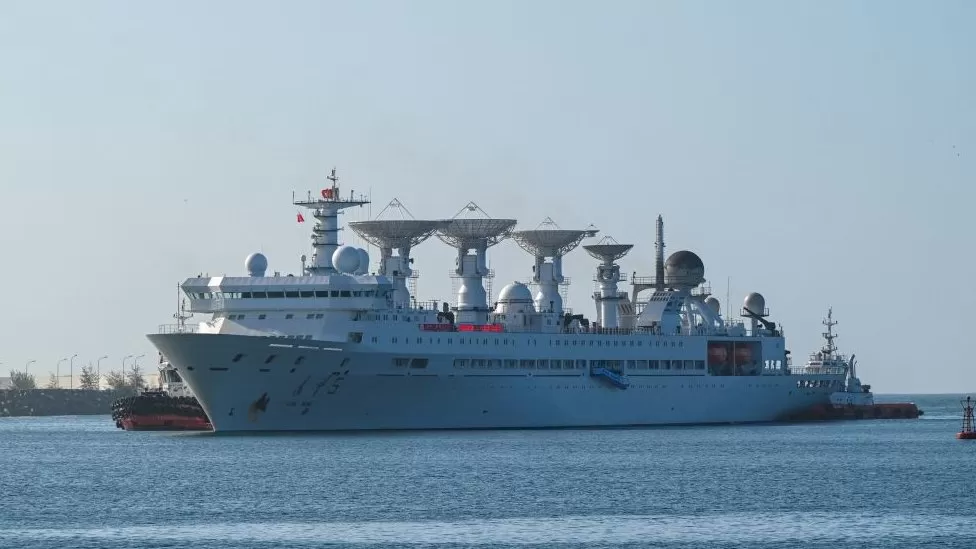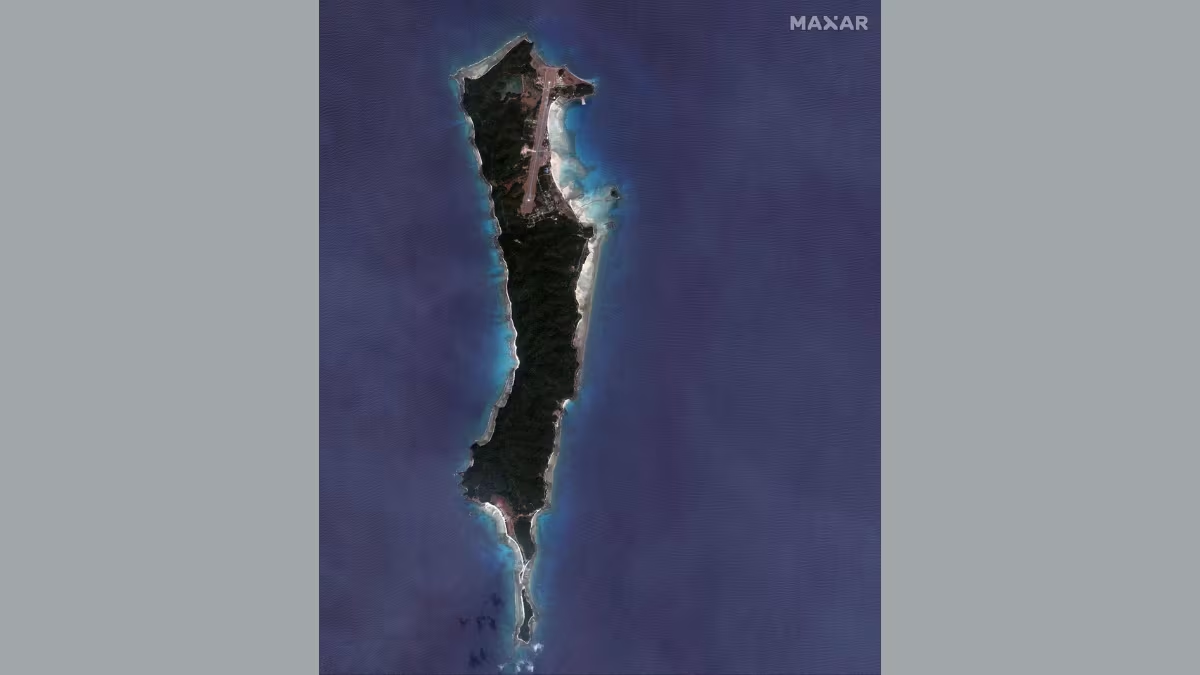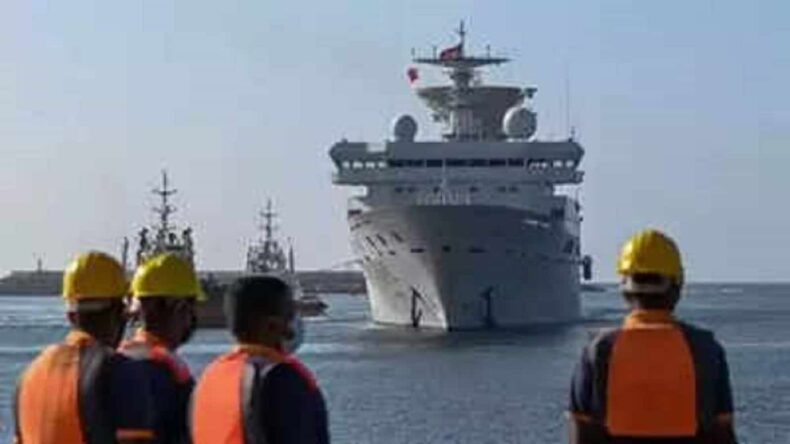A Chinese “spy ship,” named ‘Hai Yang Shi You’, has been spotted near the Indian coast, about 161 nautical miles off the coast of Paradip in Odisha on Sunday. About northeast of Paradip Port, the ship is now in the Bay of Bengal.

The presence of this ship near the Indian waters poses a serious threat to the security of India where it could lead to the detection of various strategic installations nearby. The ship named ‘Hai Yang Shi You’ is a modern ship, built in Tianjin in 2015, and weighs about 2,000 tonnes. The “research vessel” was involved with gathering information, such as the depth and salinity in certain Bay of Bengal regions.
These data are particularly useful for submarine and naval activity in the future where the Chinese navy could have an edge in warfare and the study of the conditions of the Bay of Bengal. The Chinese Navy has dispatched these surveillance ships into the Indian Ocean on a regular basis, and there are also two more research vessels there at the moment. Below is what is currently known about the aforementioned ships.
The first one, the Nanning, a Chinese destroyer commissioned just two years ago, is in the Gulf of Aden. With a displacement of over 7,500 tons, it is a top-of-the-line, heavily armed warship. And another research vessel, ‘Da Yang Hao’, is also in the Indian Ocean. A four-year-old ship, it departed Durban, South Africa, on March 27 and has just left Mauritius.
Spy Ship in Sri Lanka in 2022

Last year The Chinese vessel ‘Yung Wang 5’ had docked in the Sri Lankan port of Hambantota in August. The Hambantota port was built by the Chinese in the island nation and was given on lease by the Sri Lanka Authority due to excessive debt of China of $1.12 billion under its Debt Trap Policy for 99 years.
India and Sri Lanka’s diplomatic exchanges have increased as a result of the ship’s docking. The ship is one of China’s most modern space-tracking vessels, designed to detect satellite, rocket, and intercontinental ballistic missile launches, thus its presence in Indian waters is concerning. The presence of the Chinese ship near the ISRO and DRDO launch installations was very worrying for the Indian Agencies as the Wheeler, APJ Abdul Kalam Island and Shri Harikota are nearby the coasts.
Why is it a concern?
India’s security is significantly impacted by Chinese navy ships and “research boats” in the Indian Ocean. China’s growing naval presence in the area is perceived as a threat to India’s long-standing hegemony in the Indian Ocean. Moreover, it is believed that China is utilizing its “research vessels” to acquire strategic data, including ocean bottom mapping, that may be useful in the case of a future confrontation.
India has been strengthening its maritime capabilities to counter China’s growing influence in the region, including by deploying warships and submarines in the Indian Ocean. In the race of the Indo-Pacific region where the hegemony of India is rising and the intervention of QUAD nations and other friendly nations of India, China is keeping an eye over the region on all the terms whether it be the trade, military, economy, etc.
Making military bases on the developed, developing and militarised nations China is intervening in their internal matters and weakening the anti-Chinese government to change the rule and making a puppet government from where it could set up its Debt Trap Policy and will acquire the land in the name of industrialization and infrastructural development.
Chinese PLA in Myanmar’s Coco Island

Recently, there has been an upsurge in military activity near Andaman and Nicobar, including the addition of a runway, hangars, and a radar station, raising questions about whether China is responsible for the infrastructure development. The Coco Islands are roughly 42–55 km to the north of the strategically positioned Indian archipelago, whereas the A&N islands are around 1,200 km from India’s east coast.
The Great Coco Island’s 2,300-meter runway has just been expanded, according to the most recent satellite images from the company Maxar Technologies. India continues to cooperate with Myanmar, but China’s influence has grown as a result of the military junta there regaining power over the civilian administration.
The importance of Malacca Strait near Malaysia is the choking point of the Chinese economy where 80% of China’s Oil imports and 25 % of world trade passes through that point, is a crucial game point in Geopolitics and the main dominance of the Malacca strait is controlled by the Indian Navy where in the time of War or Aggression it gives an advantage to India.
Conclusion
Due to the growing Chinese presence in the Indian Ocean, it is projected that the Indian Navy would significantly increase its maritime presence and surveillance at this time. At Gurugram, the Indian Navy’s Information Fusion Centre-Indian Ocean Region (IFC-IOR), which keeps an eye on activity in the Indian Ocean, also takes part in the early mobilisation of resources in the case of a crisis. With an emphasis on India and other like-minded nations exchanging real-time maritime development, IFC-IOR was started in 2018.













